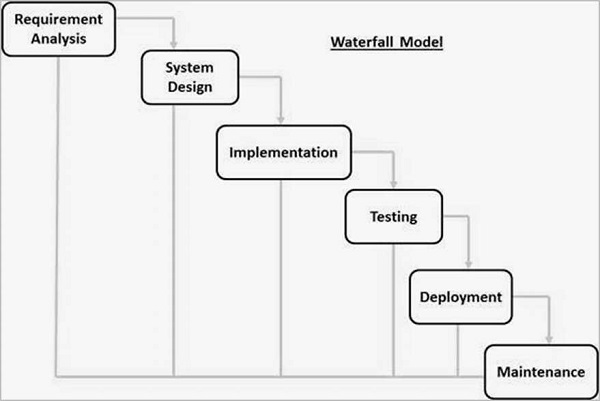Black Box Testing

BLACK BOX TESTING is as defined as a testing technique in which functionality of Application is tested without looking at the internal code and details of the software. This type of testing is based entirely on software requirements and specifications. In BlackBox Testing we just focus on inputs and output of the software system without bothering about internal knowledge of the software. This can be both Functional or Non-Functional FUNCTIONAL TESTING: In functional testing actions or functions of the system are being tested by providing the input and comparing the actual output with the expected output. Few major types of Functional Testing are: Smoke Testing Sanity Testing Integration Testing System Testing Regression Testing User Acceptance Testing NON- FUNCTIONAL TESTING: There are several non-functional aspects as well that are required to be tested to improve the quality and performance of the application. Few major types of Non-Functional Testing incl...




